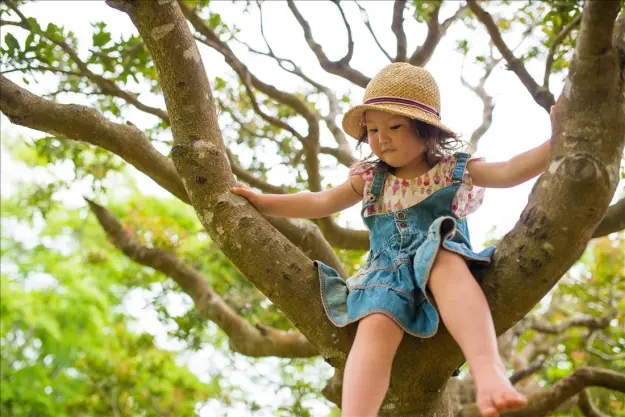In the land down under, where the sun-kissed landscapes stretch far and wide, Australian children are discovering the joys and rewards of scaling vertical challenges. Climbing isn’t just a recreational activity; it’s a pathway to physical fitness, mental resilience, and, most importantly, confidence. In this article, we delve into how climbing empowers Australian children, helping them conquer fears, build strength, and develop invaluable life skills.
Building Physical Strength And Coordination
Climbing is a full-body workout disguised as playtime. As children grip, reach, and pull themselves up various structures, they develop strength in their muscles, particularly in their arms, legs, and core. Climbing also enhances coordination and balance, as each movement requires precise control and alignment. In Australia, where outdoor adventures are abundant, climbing provides an exciting way for children to stay active while exploring the natural beauty of their surroundings. Exploring the diverse climbing landscapes of Australia not only offers thrilling adventures but also unlocks the myriad benefits of climbing, fostering physical fitness, mental resilience, and confidence in children.
Conquering Fear And Building Resilience
At the heart of climbing lies the challenge of overcoming fear. Scaling heights can be intimidating, especially for young climbers. However, each successful ascent serves as a triumph over fear, instilling a sense of accomplishment and boosting self-esteem. Australian children learn to embrace challenges and push beyond their comfort zones, developing resilience that will serve them well in all aspects of life. With each climb, they discover their inner strength and realise that they are capable of more than they ever imagined.
Fostering Problem-Solving Skills
In addition to physical stamina, climbing requires problem-solving and strategic thinking skills. Every route presents a unique puzzle to solve, requiring climbers to analyse the terrain, anticipate obstacles, and adapt their approach accordingly. In Australia’s diverse climbing spots, from rugged cliffs to indoor gyms, children are exposed to a wide range of challenges that test their problem-solving abilities. By navigating these obstacles, they hone their critical thinking skills and develop a can-do attitude that translates to other areas of their lives.
Promoting Social Interaction And Teamwork
Climbing is often a social activity, fostering camaraderie and teamwork among participants. In Australia, where the outdoor culture thrives, climbing provides an opportunity for children to bond with peers while exploring nature together. Whether it’s belaying for a friend, offering encouragement from below, or celebrating a successful summit as a team, climbing encourages collaboration and mutual support. These social interactions not only enhance the climbing experience but also teach valuable lessons in communication, empathy, and cooperation.
Instilling Respect For The Environment
As Australian children venture into the great outdoors to pursue their climbing adventures, they develop a deep appreciation for the environment. Climbing teaches respect for nature and the importance of preserving fragile ecosystems. Whether climbing in national parks, on coastal cliffs, or at indoor facilities, children learn to tread lightly, minimise their impact, and leave no trace behind. Instilling a sense of responsibility and stewardship, this environmental awareness makes sure that future generations can continue to appreciate Australia’s breathtaking natural surroundings.
Conclusion
For kids in Australia, climbing is a transforming experience that fosters self-assurance, resiliency, and a lifelong love of adventure. It’s more than simply a leisure pastime. From the rugged cliffs of the Outback to the bustling indoor gyms of the cities, climbing provides a platform for children to push their limits, conquer their fears, and discover their inner strength. As they scale new heights, Australian children are not just climbing rocks; they’re climbing to confidence, one vertical challenge at a time.




